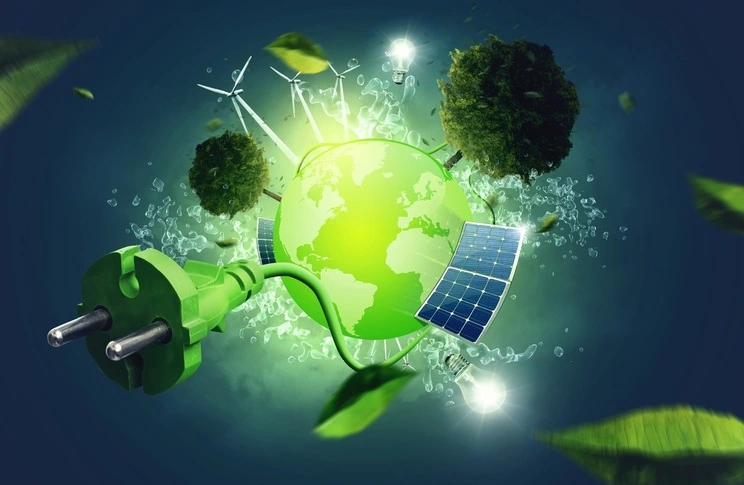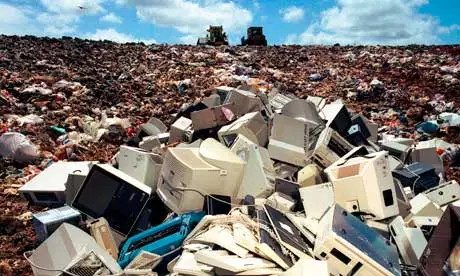Index
Introduction
The Impact of Technology on the Environment
As the world becomes increasingly reliant on technology, we must acknowledge the profound impact it has on the environment. While technological advancements have brought numerous benefits to society, they have also given rise to several environmental challenges.
This blog delves into the complex relationship between technology and the environment, highlighting both the positive and negative aspects and exploring potential solutions for a sustainable future.
Positive Impacts of Technology on the Environment
Technology has emerged as a powerful ally in the quest to protect and preserve our environment. From renewable energy solutions to smart waste management systems, technological advancements have paved the way for a range of positive impacts on the environment. Here are some points:
- Renewable Energy: Technological innovations have played a pivotal role in the development and accessibility of renewable energy sources such as solar, wind, and hydroelectric power. These clean energy alternatives reduce reliance on fossil fuels, mitigate greenhouse gas emissions, and combat climate change.
- Resource Efficiency: Advanced technologies have enabled industries to optimize their resource usage. Through process automation, data analytics, and energy-efficient systems, companies can reduce waste generation, conserve resources, and enhance overall sustainability.
- Environmental Monitoring: Technology has empowered scientists and researchers to monitor and understand environmental changes with greater precision. Satellite imaging, sensors, and data analysis tools help track deforestation, air quality, biodiversity, and climate patterns, providing valuable insights for conservation and informed decision-making.
Negative Impacts of Technology on the Environment
While technology has undoubtedly brought about many positive changes in society, it has also had negative impacts on the environment. These negative effects arise from various aspects:
- E-Waste: Rapid technological advancements result in frequent upgrades and disposal of electronic devices, leading to a massive accumulation of electronic waste (e-waste). Improper disposal practices can release harmful chemicals into the environment, posing risks to ecosystems and human health. Proper recycling and responsible manufacturing practices are crucial to mitigate this issue.
- Energy Consumption: The exponential growth of technology places an increasing demand for energy. Data centers, cloud computing, and digital infrastructure require substantial energy inputs, often derived from non-renewable sources. Addressing this challenge entails transitioning to renewable energy sources and improving energy efficiency in technology-related operations.
- Carbon Footprint: While technology can facilitate remote work, digital communication, and virtual experiences, it also contributes to carbon emissions. The energy-intensive manufacturing processes, transportation of goods, and the carbon footprint associated with data centers and server farms should be carefully managed to reduce the overall environmental impact.
Navigating Towards a Sustainable Future
In the face of mounting environmental challenges, the concept of sustainability has emerged as a guiding principle for creating a better future.Here are some points:

- Sustainable Design: Emphasizing sustainable design principles can significantly mitigate the negative environmental impacts of technology. This includes designing products with longer lifespans, using recyclable or biodegradable materials, and considering the entire life cycle of a product, from production to disposal.
- Circular Economy: Adopting a circular economy approach encourages resource recovery, recycling, and reuse. Manufacturers can design products for disassembly and implement take-back programs, ensuring that valuable materials are reused or properly recycled rather than becoming e-waste.
- Policy and Regulation: Governments and international bodies play a crucial role in shaping the environmental impact of technology. Implementing policies that incentivize sustainable practices, regulate e-waste disposal, and encourage renewable energy adoption can steer technology companies towards a more eco-friendly path.
Conclusion
Technology is a double-edged sword, offering both solutions and challenges for environmental sustainability.
By harnessing the positive impacts of technology while actively mitigating the negative ones, we can pave the way for a more sustainable future. Collaboration among governments, businesses, and individuals is crucial to address these challenges and ensure that technology serves as a force for positive change without compromising the well-being of our planet.
Air, water, heat, and noise pollution can all be caused by producing and using technology. Consuming resources - Non-renewable resources, including precious metals like gold, are used to make technology. Many others, such as coal, are consumed to generate the electricity to use technology.

